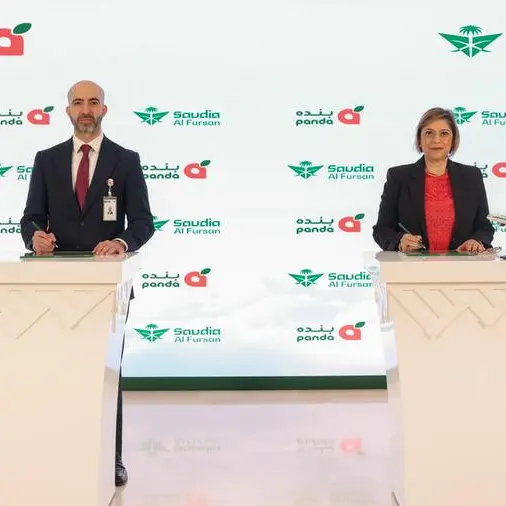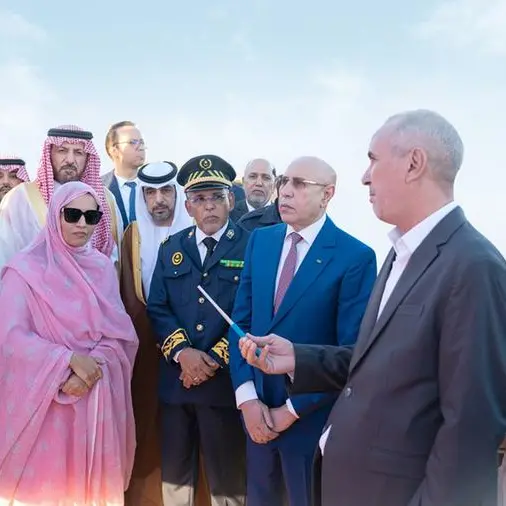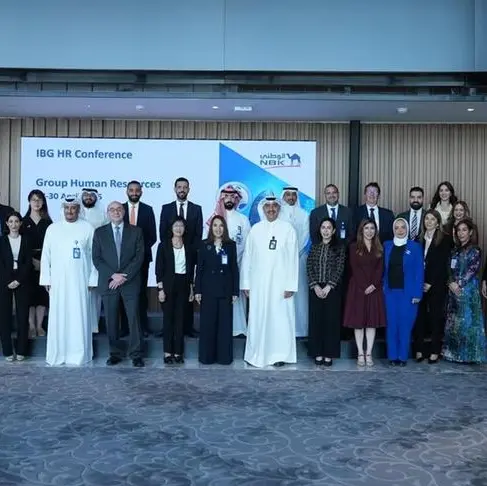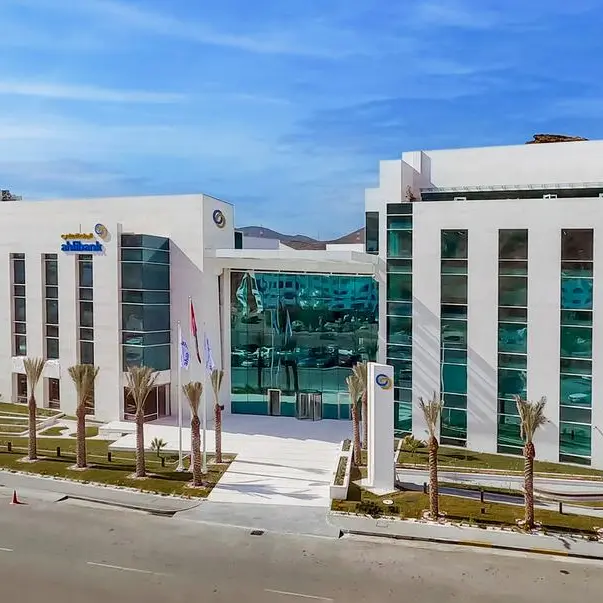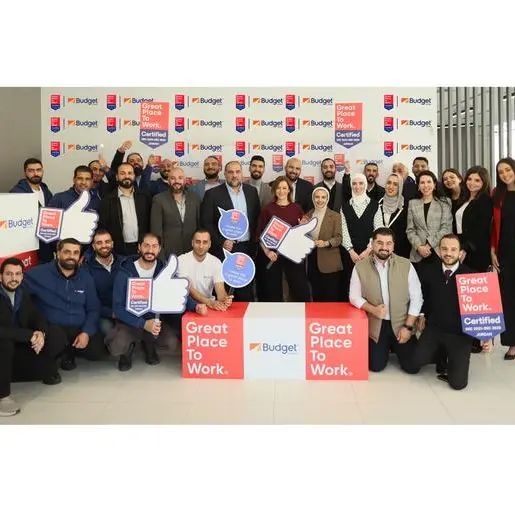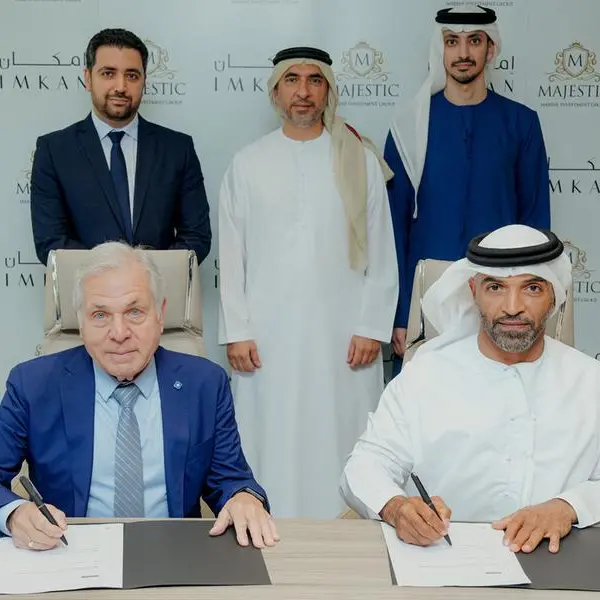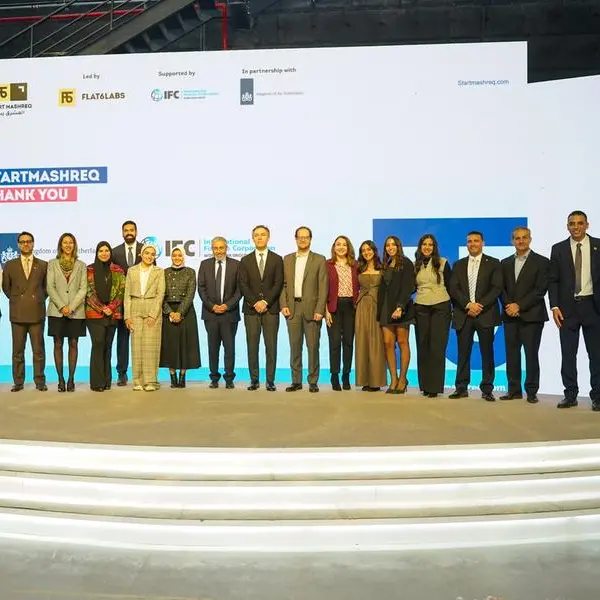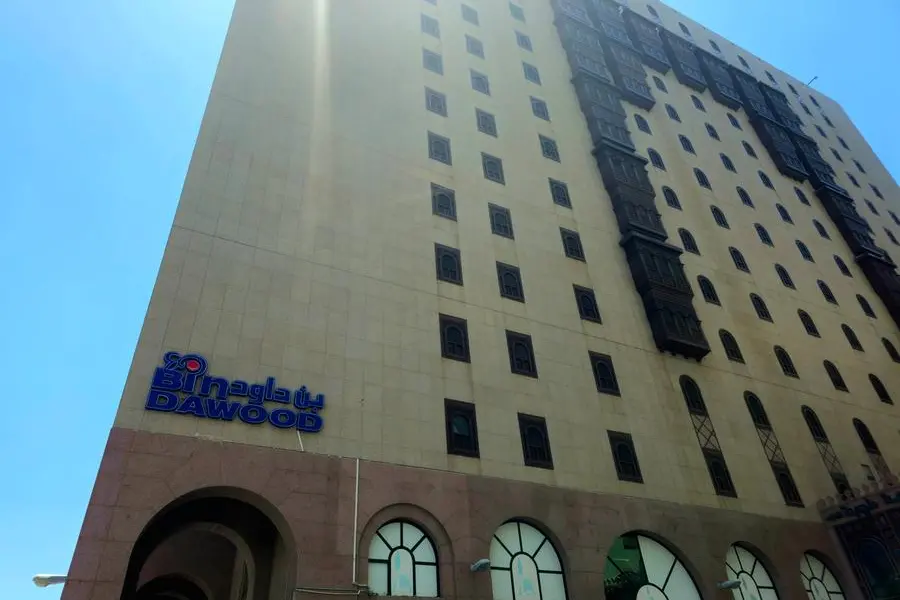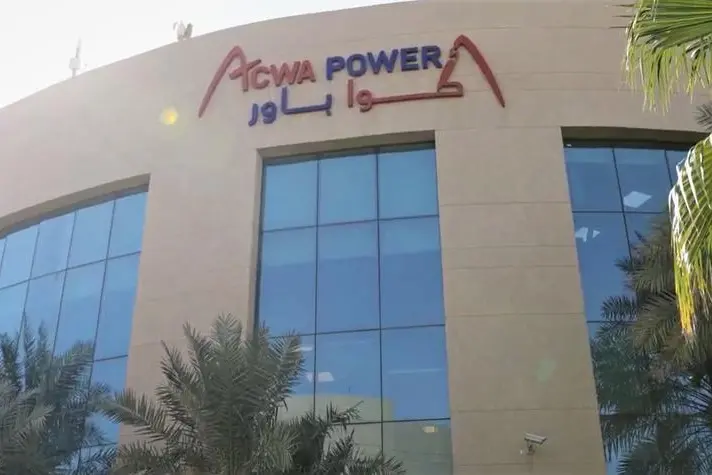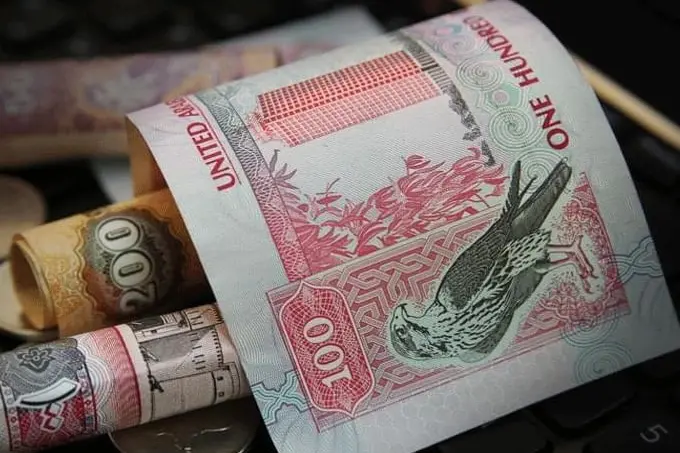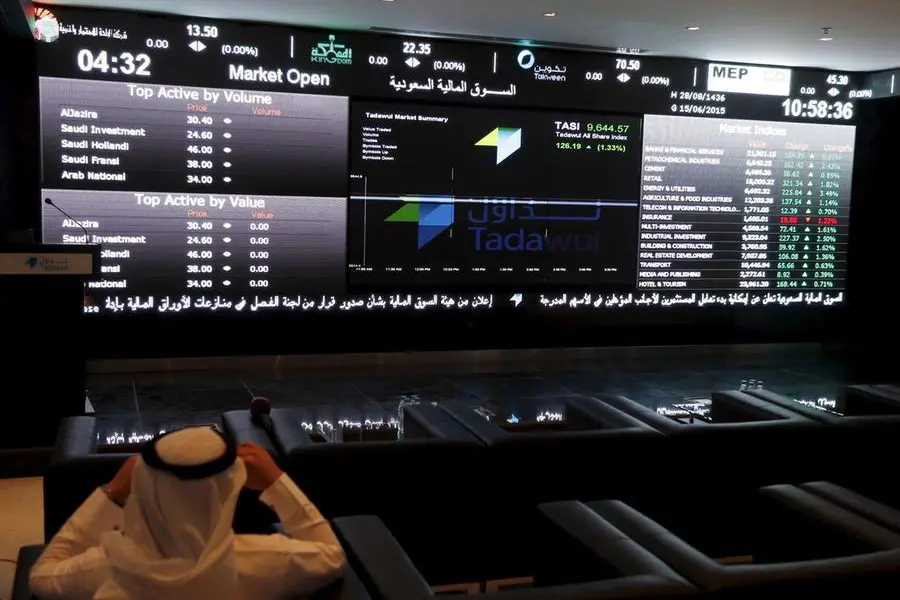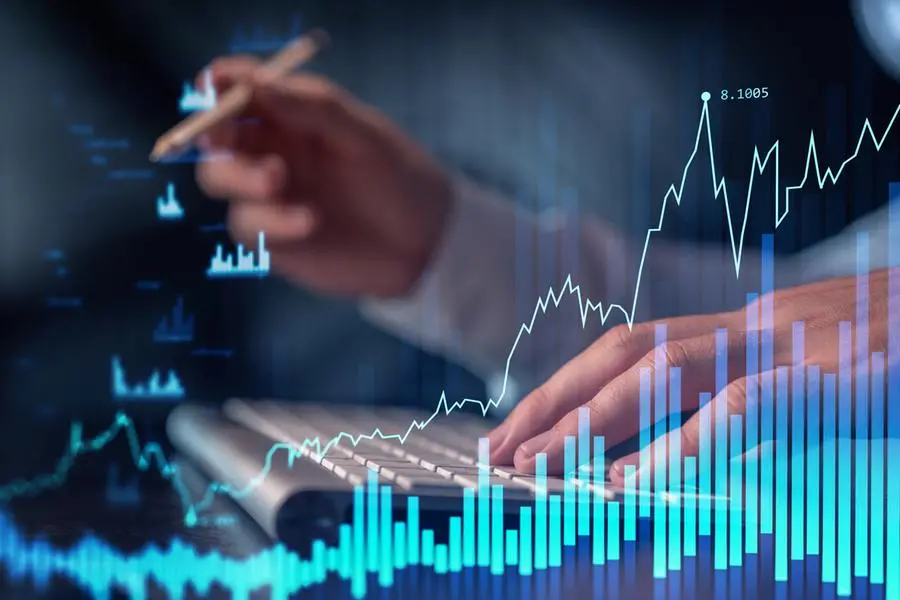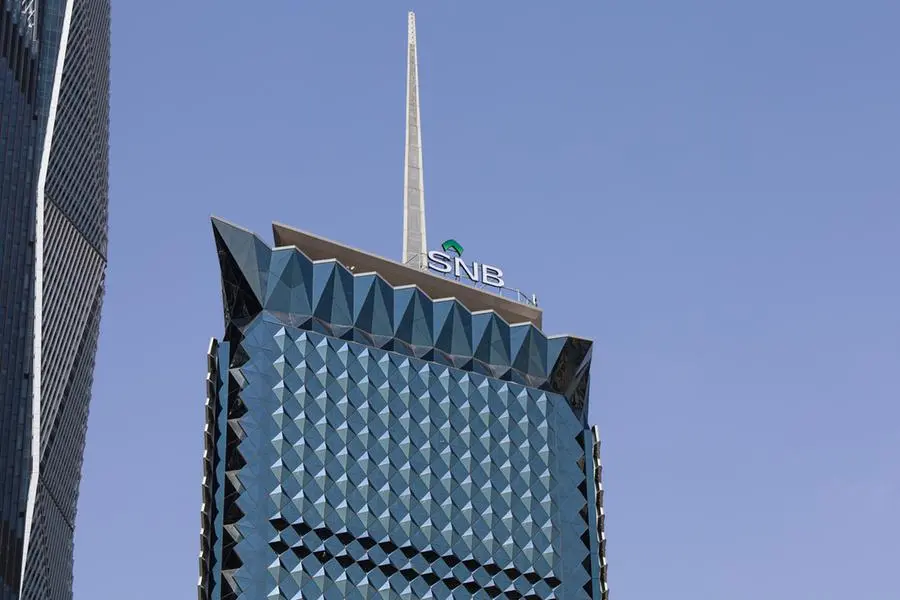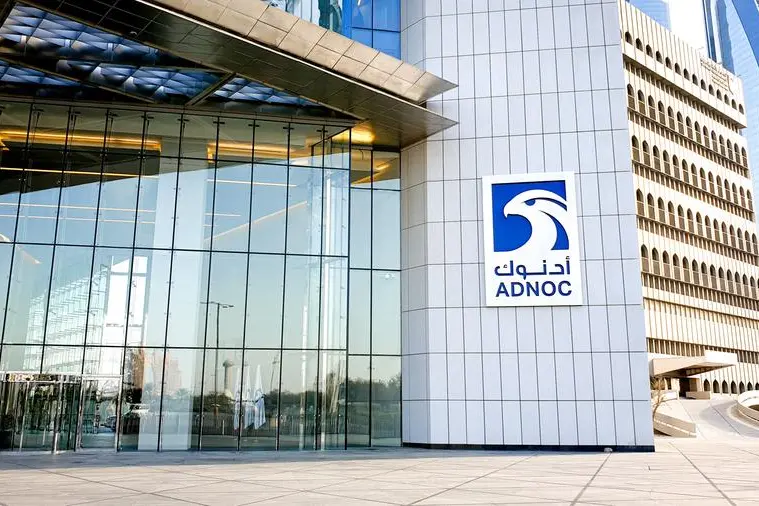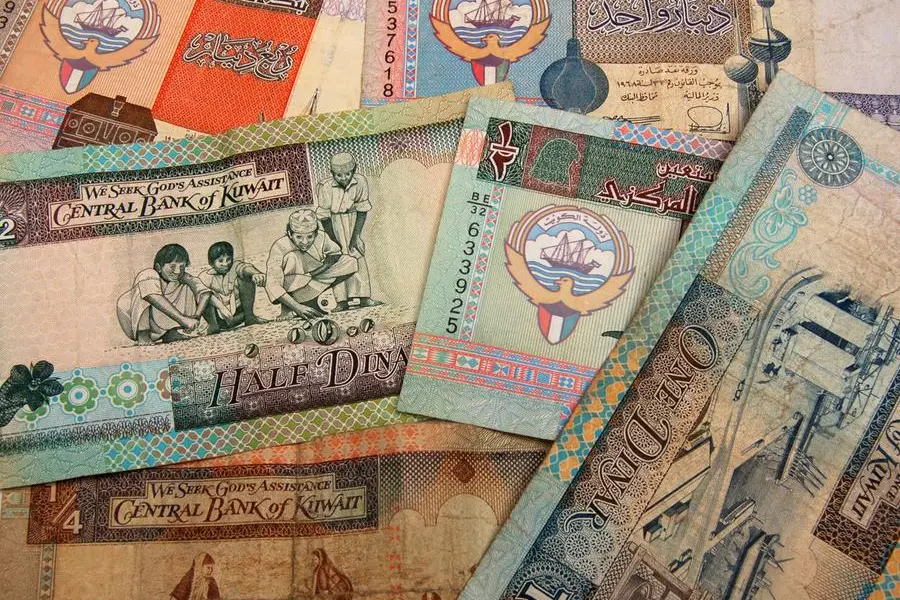SAS® Visual Analytics for UN Comtrade offers unprecedented insights into millions of rows of Middle East trade data to its citizens
United Arab Emirates - As global trade affects economies large and small, along with organizations in government, academia and industry, everyone in the Middle East benefits from understanding the numbers behind international commerce. SAS and the United Nations have collaborated to give the world insights into the most comprehensive collection of trade data in existence, using advanced SAS® data visualization software. SAS Visual Analytics for UN Comtrade offers unprecedented access to 27 years of UN Comtrade data - more than 300 million rows in total - collected by the UN Statistics Division.
"We are very excited to help bring big data analytics to the public," said Ronald Jansen, Chief of the UN Trade Statistics Branch. "Anyone can view all of the data at once, in a high-performance environment, to gain greater insights and ask better questions. It makes our analysis much more efficient."
According to the UN data on Western Asia (including the Middle East), the UAE is the second largest importer of goods in the region, after Saudi Arabia, with import values totaling AED 4.4 trillion from 1988 to 2013.
Shukri Dabaghi, SAS' Regional Director for the Middle East and Francophone Africa, said: "Both public and private organizations in the Middle East can benefit from the vast amounts of United Nations data that has been analyzed and visualized through SAS data visualization software. The insights are phenomenal and very easy to assimilate, and through a few clicks, we can see the growth of trade within the GCC and the Middle East region."
Uncovering disparities and relationships
Visualizing more than 300 million rows of data, instead of subsets, quickly yields unexpected insights. For instance, animated Trade History bubble charts showcase import and export relationship developments for all the countries in the Middle East in terms of their trading partners since 1988. For instance, Qatar's exports have steadily increased since the year 2000, while the same can be said for Bahrain's imports.
Another bubble chart shows that China transformed from being a major import partner to the largest export partner for Australia over the past 10 years, and the Trade Composition visualization reveals that a disruption in Brazil's iron and steel production could severely affect Argentina. It also shows that the US-Malawi trade relationship revolves almost entirely around US demand for tobacco.
Employing cloud technologies and high performance analytics, SAS Visual Analytics for UN Comtrade uncovers stories hidden across hundreds of trading partners and thousands of commodities to reveal how nations have interacted economically through the last three decades. Traditionally, only large organizations could glean knowledge by analyzing big data in real time. Now everyone, via the web, can unlock valuable information that benefits policy makers, businesses, researchers and the general public.
"SAS is helping advance the next wave of the UN's 'data revolution.' We're not just making the data public, we're making the insights public - for the good of society," said I-Sah Hsieh, SAS Global Manager for International Development. "This is big data analytics for the masses."
Many ways to explore the data
Users can explore several views, including:
Imports/exports. Top importers and exporters by world, region and country, and what commodities they trade.
Trade balance. Top commodities bought and sold on a global or country level.
Trade composition. Most frequently traded commodities by partners.
Mirror statistics. A comparison of import/export data, as reported by partners on both sides of a trade relationship.
Trade history. Top trading partners for any given country, with an animated bubble plot tracking relationships over the time.
Data. All data, presented in tabular format with powerful filters.
Historical analysis. See trade history across any combination of partner(s), commodities and year(s)
No-cost and low-cost versions available
SAS Visual Analytics for UN Comtrade offers several interactive visualizations at no cost. For example, the Mirror Statistics analysis, which tracks reporting discrepancies between hundreds of trading partners across thousands of commodities, is free. While the deepest levels of details are reserved for the advanced subscription-based reports, users can glean valuable information for research and decision making from the free version. Subscriptions are available for a nominal fee of $25/week, $50/month or $500/year.
SAS® data visualization unlocks insights
SAS Visual Analytics is an in-memory solution for exploring enormous amounts of data quickly. Users can spot patterns, identify opportunities for further analysis, and convey results with visual clarity. Quickly formatting large amounts of data for processing, SAS Visual Analytics lets users explore all data and not just a sample. They can execute analytic correlations on billions of rows of information in just minutes or seconds, and present results in easy-to-understand charts, graphs and animations.
The announcement regarding SAS Visual Analytics for UN Comtrade was made at SAS Global Forum, the world's largest gathering of SAS users, attended by more than 4,500 business and IT users of SAS software and solutions.
About SAS
SAS is the leader in business analytics software and services, and the largest independent vendor in the business intelligence market. Through innovative solutions, SAS helps customers at more than 75,000 sites improve performance and deliver value by making better decisions faster. Since 1976 SAS has been giving customers around the world THE POWER TO KNOW®. SAS and all other SAS Institute Inc. product or service names are registered trademarks or trademarks of SAS Institute Inc. in the USA and other countries. ® indicates USA registration. Other brand and product names are trademarks of their respective companies. Copyright © 2015 SAS Institute Inc. All rights reserved.
For media enquiries, please contact the SAS press office:
Rose Manaog / Naina Chaudhary / Disa Tersmeden
Tel: 04 390 2960
rose.m@actionprgroup.com / naina.c@actionprgroup.com / disa.t@actionprgroup.com
© Press Release 2015
